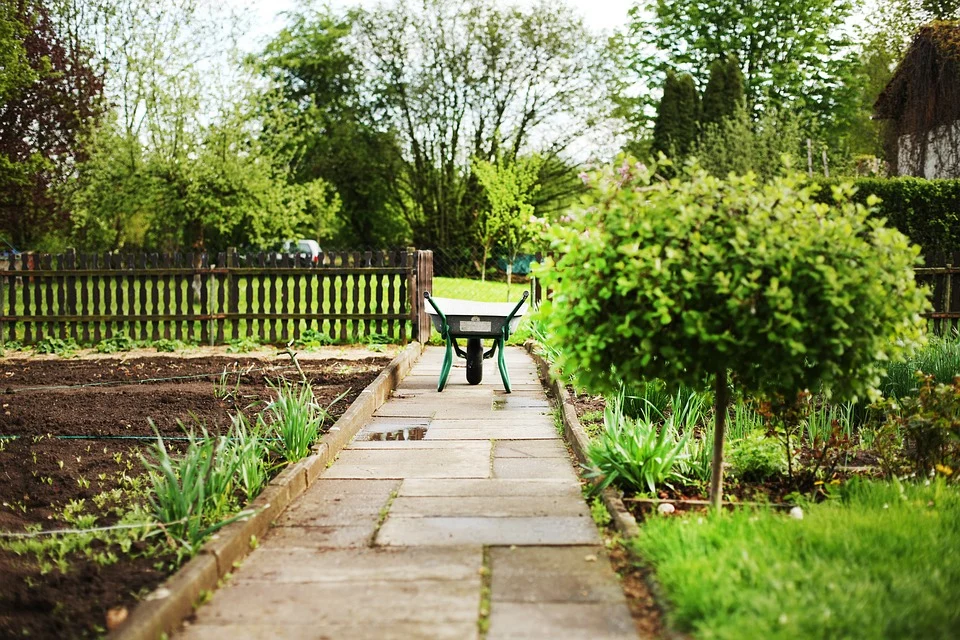New plan announced for Midlothian allotments and community growing spaces
Midlothian Council has approved plans which could see local community groups turn areas of publicly owned land in places like health centres and parks into growing spaces for food.

Midlothian’s First Allotment and Food Growing Strategy for Midlothian 2020 – 2030 also includes plans to increase allotments across the county.
Councillor John Hackett, Midlothian Council’s cabinet member with responsibility for open spaces, said: “Growing nutritious, food, fruit and vegetables is a great way to support a healthy lifestyle both physically and mentally while helping family budgets. We’re delighted to approve this strategy, therefore, which comes after consultation with local community and voluntary groups.
“The Community Planning Partnership, which includes, among others, the council, voluntary sector, NHS and Police Scotland, will work with our communities to identify and develop suitable areas.”
The council already has a list of two potential community growing spaces on council-owned land in each of the main urban areas and one community growing space in each of more rural areas such as Pathhead and Roslin. Appendix 6 in the strategy document has more details of each potential council site.
Midlothian Council will also draw up a list of potential sites for allotments and Community Planning Partners will identify areas around, for example, Police stations and health centres that could be used for community growing.
There is currently one council-owned allotment site at Deanburn, Penicuik. The site has 12 full plots (160m2) and 28 half-plots. A full plot is £97.90 a year and a half plot is £47.85 a year. Midlothian Council looks after the waiting list and manages and maintains the site with the Deanburn Allotments Association.
Under the Community Empowerment (Scotland) Act 2015, all local authorities must have a strategy in place to identify land for allotment sites and other community food growing. The strategy must also outline the council’s plans if there is an increase in demand for such sites and explain how demand will be met in areas of ‘socio-economic disadvantage’.







